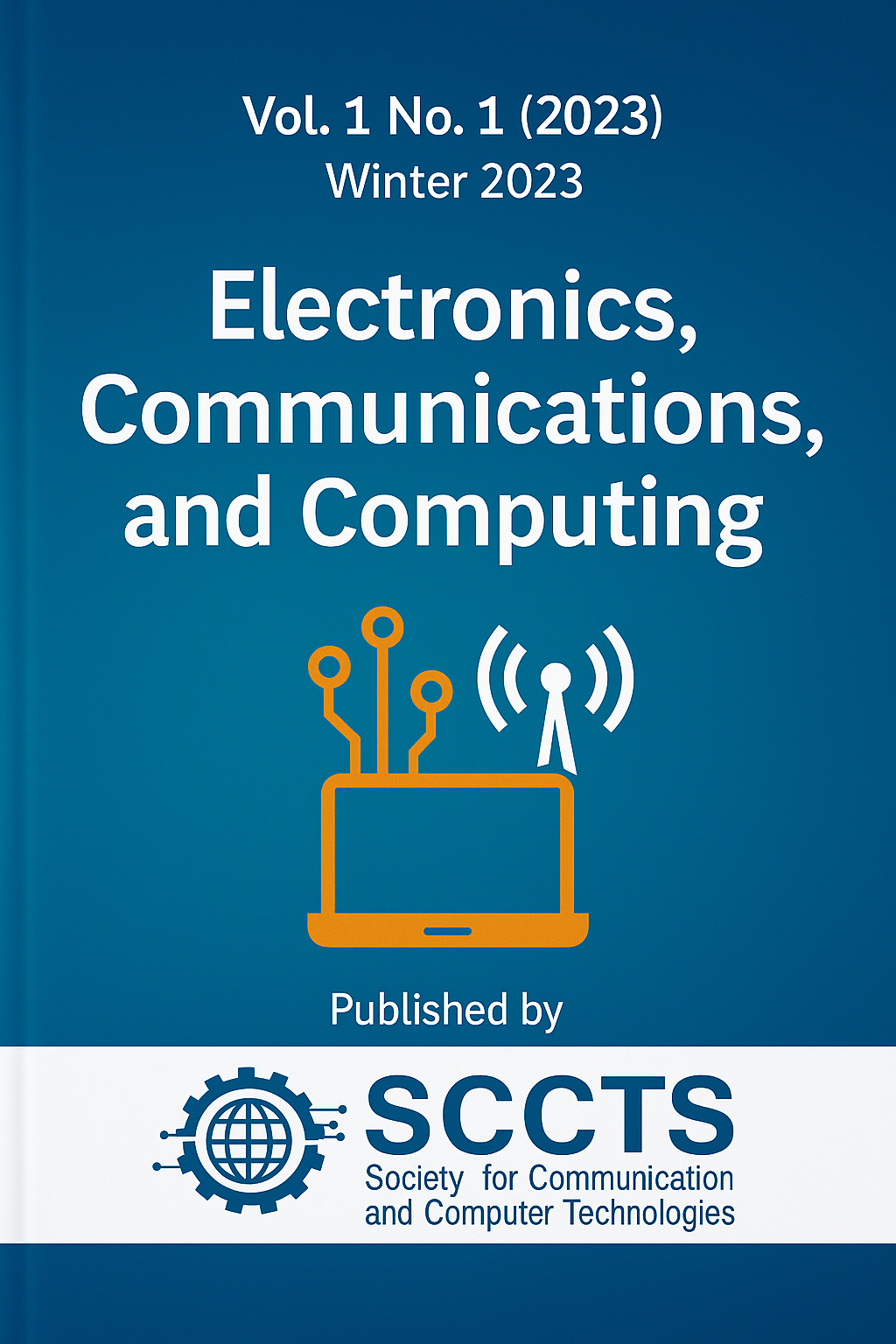Zero-Trust Architectures in Enterprise Networks: A Framework for Enhanced Cyber Resilience
Keywords:
Zero-Trust Architecture (ZTA), Enterprise Network Security, Identity-Based Access Control, Micro segmentation, Policy Enforcement, Behavioral Analytics, Software-Defined Perimeter (SDP), Continuous Authentication, Cyber Resilience, Insider Threat MitigationAbstract
The soaring cyber threats, such as ransomware, phishing, and other insider attacks to advanced insider threats, have raised concerns with the outdated security architecture of enterprise networks that focus on protecting the perimeter. With the rapidly moving digital transformation and the higher implementation of hybrid cloud environments by the enterprises, there is a severe shortage of security paradigm demanding the assumption of breach. Zero-Trust Architecture (ZTA) as an option is attractive because it removes the implicit trust and implements the constant identity-based verification processes on all network levels. This paper is a detailed analysis of how to design, implement and assess Zero-Trust Architectures when it comes to enterprise-sized networks. We introduce a flexible ZTA architecture whose important parts are identity-aware microsegmentation, continuous authentication, behavioral analytics, AI-driven policy enforcement, and the software-defined perimeter (SDP)-based technologies. The framework is based on the top industry tools such as Cisco Duo, Zscaler and Palo Alto Prisma Access that allow the simulation of real-life enterprise scenarios on deployment. Hybrid testbed Experiment results A hybrid testbed of on-premises systems and cloud-based services has demonstrated a substantial benefit in security posture, with a dramatic decrease in the ability to move laterally within an environment, accuracy in detection of insider threat events, and the ability to resist data exfiltration attacks. Also, our solution will maintain a low operational latency and scalability, which is one of the primary issues of ZTA implementation. The paper also presents feasible migration patterns between legacy security structures and Zero-Trust, sped up by interoperability with the current enterprise infrastructure and few disruption to enterprise workflows. The research attempts to provide a solid, practical structure based on present available best practices as well as innovative products and solutions to assist enterprise level CISOs and IT security architects in their future proofing of cybersecurity strategy to fit within the concept of Zero-Trust. Specifically, this paper reemphasizes more forcefully, that Zero-Trust is a strategy and not a product, and that when successfully applied, Zero-Trust makes the enterprise more resilient than before to an ever-growing hostile threat environment.



